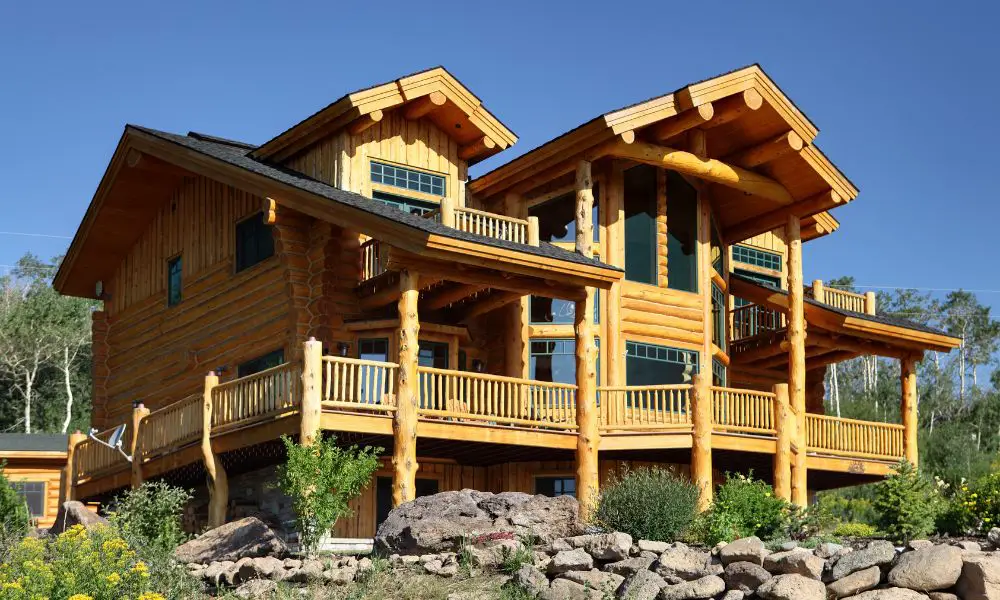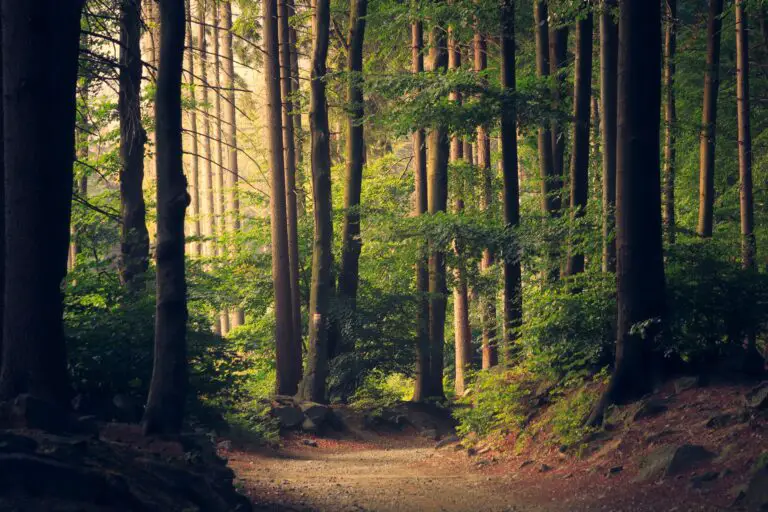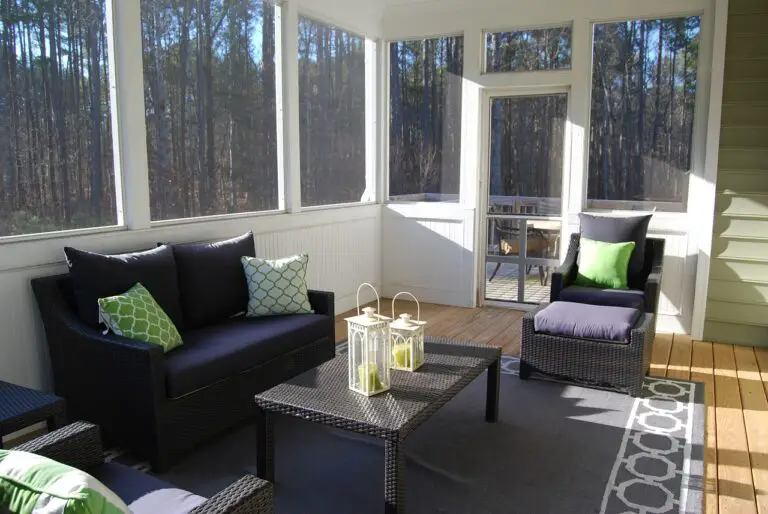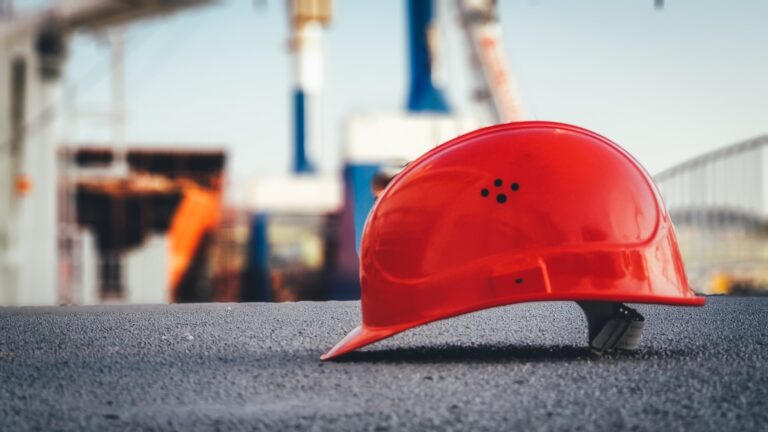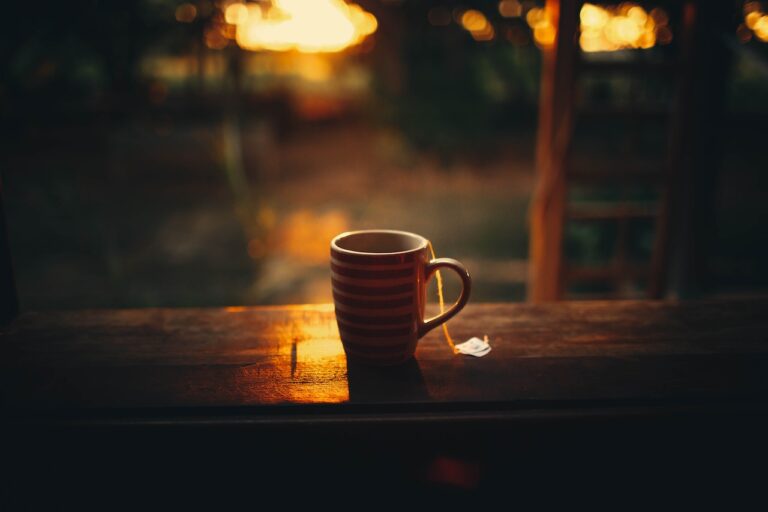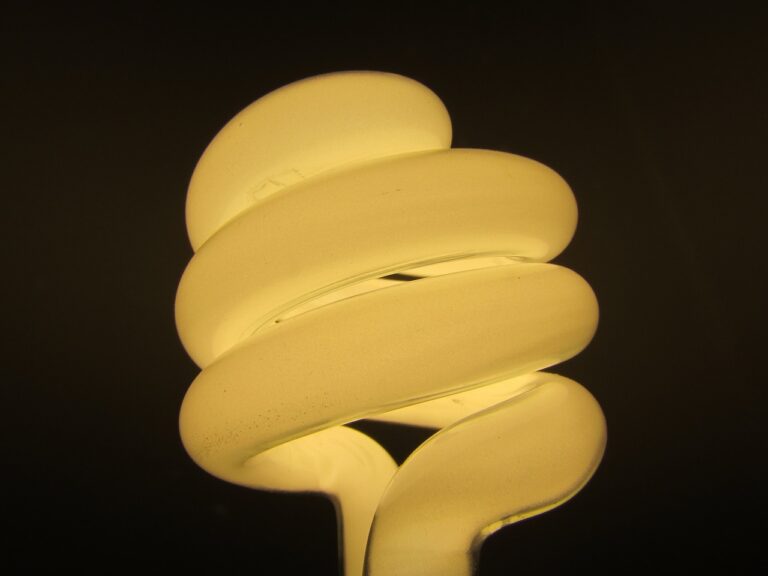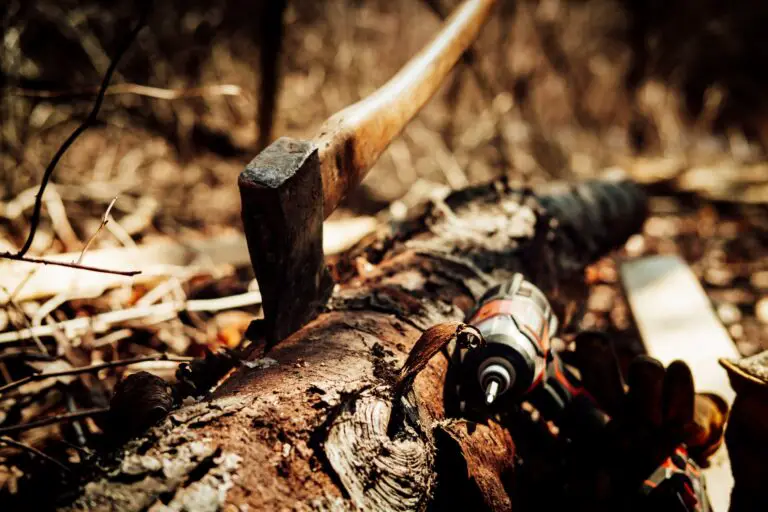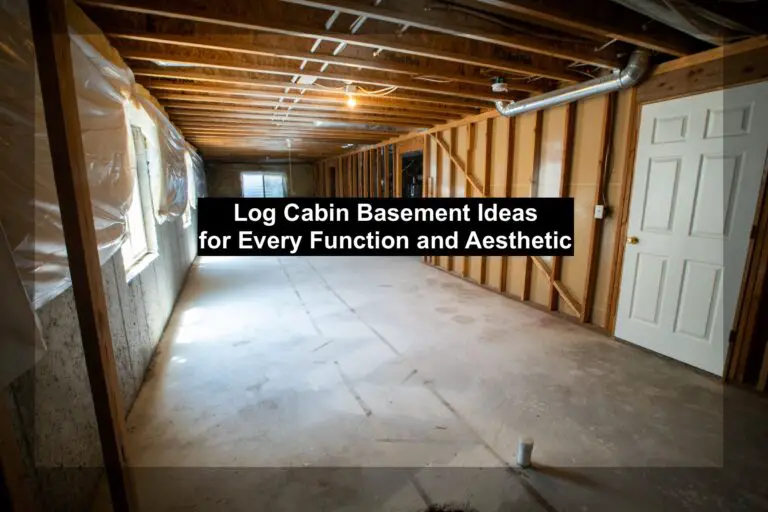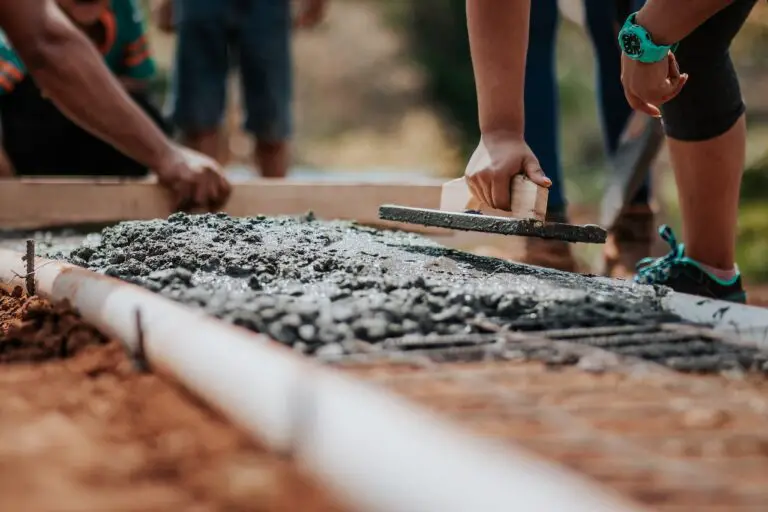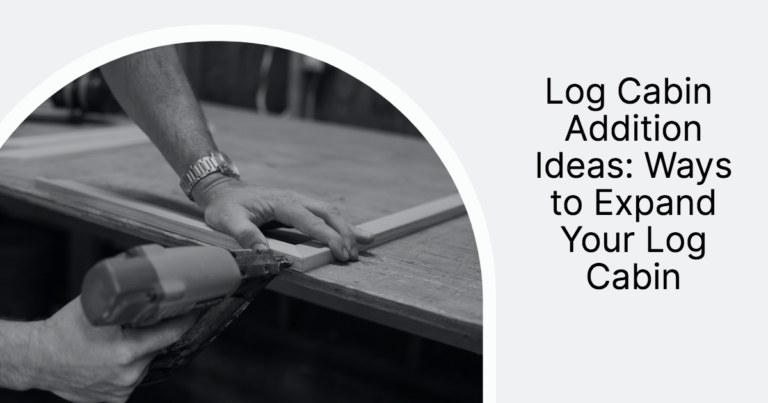Are you a log cabin owner or thinking of buying one? If you are, you may be wondering what a typical log cabin lifespan is.
The truth is that log cabins last a long time!
This is especially true for log cabins that are properly cared for and maintained. This is a great reason to buy a log cabin in the first place – they’re built to last.
Log cabins were originally built as simple, one-room structures using whatever materials were readily available. The average lifespan of these early cabins was around 20 years.
Nowadays, log cabins are built using high-quality materials and construction techniques. This means that a modern log cabin lifespan is generations with the proper care.
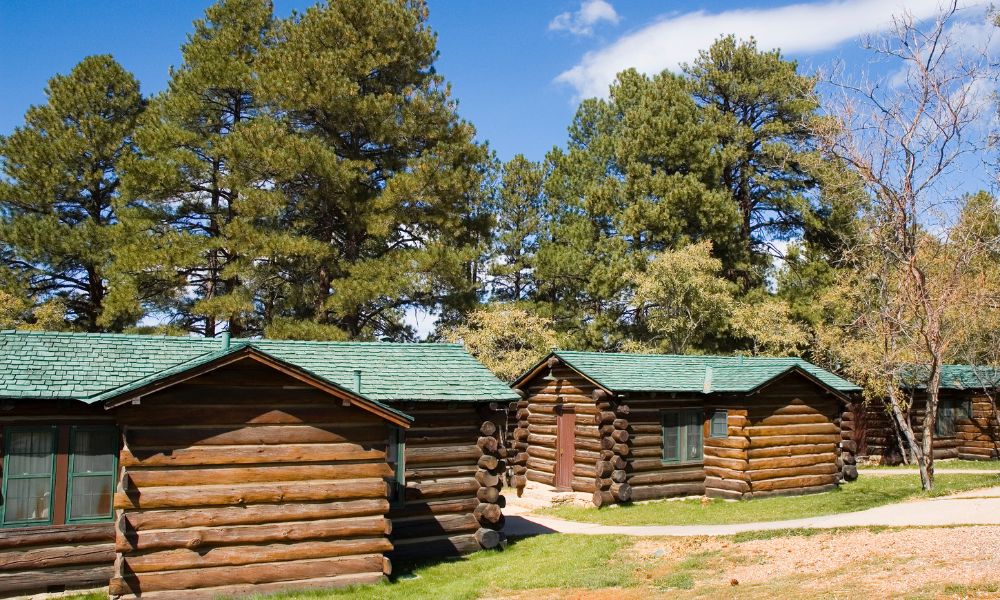
A Log Cabin’s Lifespan Depends on Many Factors
There are many factors that affect a log cabin lifespan so let’s look at some of these to help you identify the lifespan of the cabin you own or the cabin you have in mind to buy.
Starting with the main material, the type of wood used in its construction is a big factor.
Cedar is a prime example of a rot-resistant wood that will last longer than pine, fir, or spruce. Logs that are properly treated and sealed will also last much longer than those that are not.
The environment is another big factor. If your log cabin is in an area with a lot of moisture or humidity, it will not last as long as a cabin in a drier climate.
Cabins that are built in the shade will also last longer than those built-in direct sunlight. This is because UV rays from the sun can cause the wood to degrade over time.
Finally, the foundations on which the cabin is built play a role in the log cabin lifespan. A cabin with a stone foundation will last much longer than one with a wooden foundation. Foundations are hard to replace so this is something to keep in mind when choosing a cabin.
As you can see, there are many factors that affect a log cabin lifespan.
Proper Care and Maintenance Will Extend Your Log Cabin Lifespan
We’ve written a complete article on log cabin maintenance which covers this in more detail but we’ll cover the key points right now.
To extend the lifespan of your log cabin, you need to perform regular inspections and maintenance. This includes checking for any damage to the logs, making sure the caulking is still in good condition, and staining or sealing the logs as needed.
Your log cabin roof is also an essential part of protecting your cabin from the elements. Make sure that your roof is in good condition and that there are no leaks.
You should also have your log cabin professionally inspected at least once a year by a qualified contractor. This will help to identify any potential problems so they can be fixed before they cause serious damage.
Following these simple tips will help to ensure that your log cabin lasts for generations to come. So, if you’re looking for a structure that will stand the test of time, a log cabin is a great choice!
So, What Is The Typical Log Cabin Lifetime?
In short, a modern log cabin built from high-quality materials and properly cared for can last for generations. If you maintain your log cabin and perform regular inspections, you can expect it to last well over 100 years. And with proper care, it could potentially last even longer than that!
This post was written to help you understand what the lifespan of your log cabin will be. We hope you found it useful! If you like it, share it on social media!
Log Cabin FAQS
As a specialist log cabin website, we get a lot of questions about log cabins in general – and we love answering them! Here are some of the most frequently asked questions with our answers with a focus on log cabin lifespans.

